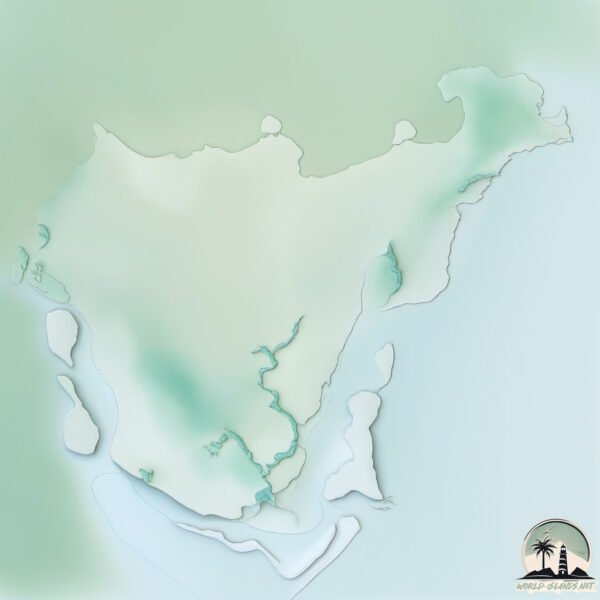Pambane

Welcome to Pambane, a Tropical island in the Mozambique Channel, part of the majestic Indian Ocean. This guide offers a comprehensive overview of what makes Pambane unique – from its geography and climate to its population, infrastructure, and beyond. Dive into the details:
- Geography and Size: Explore the island’s size and location.
- Climate and Weather: Weather patterns and temperature.
- Topography and Nature: Uncover the natural wonders of the island.
- Infrastructure and Travelling: Insights on reaching, staying, and making the most of your visit.
Geography and size of Pambane
Size: 341.898 km²
Coastline: 232.6 km
Ocean: Indian Ocean
Sea: Mozambique Channel
Continent: Africa
Pambane is a Large Island spanning 341.9 km² with a coastline of 232.6 km.
Archipel: –
Tectonic Plate: Australia – A major tectonic plate covering Australia, New Zealand, and parts of the Indian and Pacific Oceans, known for its relative stability and occasional seismic activity.
The geographic heart of the island is pinpointed at these coordinates:
Latitude: -18.6827491 / Longitude: 36.33106491
Climate and weather of Pambane
Climate Zone: Tropical
Climate Details: Tropical Savanna, Wet
Temperature: Hot
Climate Characteristics: Defined by distinct wet and dry seasons with high temperatures year-round. Pronounced rainfall occurs during the wet season, while the dry season is marked by drought.
Topography and nature of Pambane
Timezone: UTC+02:00
Timezone places: Africa/Johannesburg
Max. Elevation: 12 m
Mean Elevation: 6 m
Vegetation: Mangrove Forest
Tree Coverage: 42%
The mean elevation is 6 m. The highest elevation on the island reaches approximately 12 meters above sea level. The island is characterized by Plains: Flat, low-lying lands characterized by a maximum elevation of up to 200 meters.
Dominating Vegetation: Mangrove Forest
Found in coastal areas and river deltas, these unique wetland ecosystems are adapted to saline conditions and are crucial for coastal protection and biodiversity. Pambane has a tree cover of 42 %.
Vegetation: 12 vegetation zones – Exceptionally Diverse Island
With more than ten vegetation zones, this island ranks among the most ecologically varied, resembling a miniature continent. Its incredible range of habitats, from peaks to valleys, fosters a diverse mosaic of life that is unparalleled.
Infrastructure and Travelling to Pambane
The mean population of Pambane is 72 per km². Pambane is Gently Populated. The island belongs to Mozambique.
Mozambique is classified as Least developed region: Countries that exhibit the lowest indicators of socioeconomic development, with the lowest Human Development Index ratings. The level of income is Low income.
Continuing your journey, is the next notable island, situated merely km away.
모잠비크 10분 완벽정리 - 세계백과



Does the island have a public airport with scheduled flights? no.
There is no public and scheduled airport on Pambane. The nearest airport is Quelimane Airport, located 92 km away.
Does the island have a major port? no.
There are no major ports on Pambane. The closest major port is CHINDE, approximately 3 km away.
Please note: The data used here has been primarily extracted from satellite readings. Deviations from exact values may occur, particularly regarding population density, the height of elevations, land area, and coastline measurements. The latter refers to average values at mean high tide.
